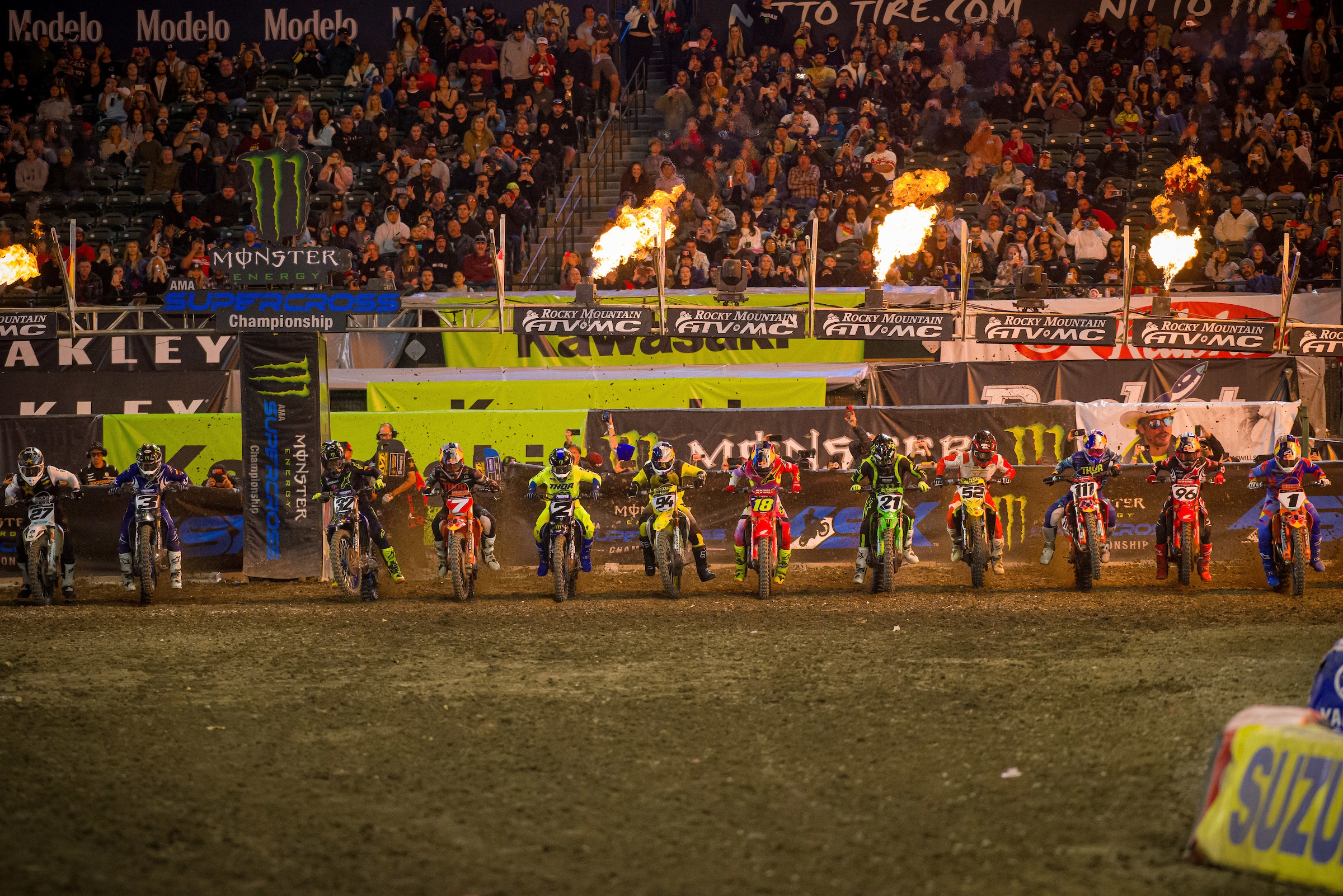This weekend we had a combo deal that was super-sized. Both Canadian arenacross series combined their efforts and put it all into one venue. The Thompson’s AX Tour and the Future West AX Championships planned their events to be held together at the South Okanagan Events Centre in Penticton, British Columbia. Turnout was great and James Lissimore was on hand to provide us with some shots of our athletes who were there to compete.
Photos by James Lissimore
http://media.fxrracing.com/2016/11/penticton-ax-fxr-squad/





